AARP Hearing Center

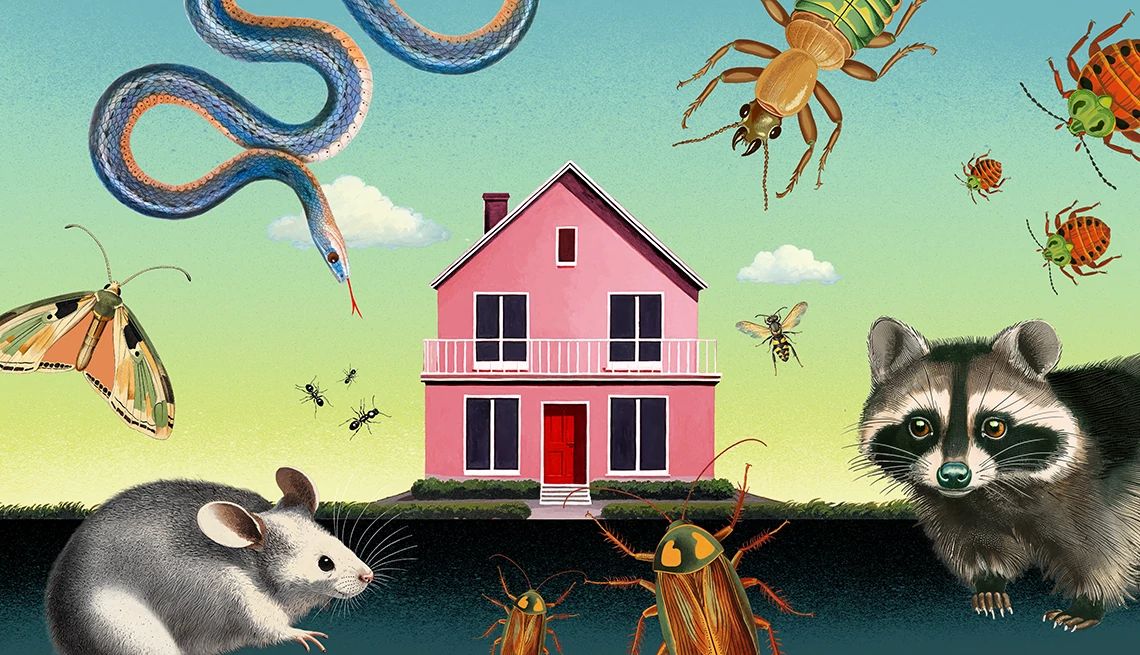
Mice in the master bedroom? Wasps waiting in the wings? Roaches running rampant? Gen X and boomers make up the highest percentage of homeowners in the U.S. and many would like to age in place — without unwanted house guests.
If you spot pests in your home, it’s tempting to call a pest company immediately. And that ultimately might be the way to go. But pausing to research may save you time and money — especially if you want to take care of it yourself.
Here’s a step-by-step guide on what to do if you suspect there are pests in your home, as well as specific recommendations for 11 of the most common types of pests including: ants, termites, bedbugs, cockroaches, clothing moths, wasps, hornets, yellow jackets, mice, snakes, raccoons and other mammals.
Step one: Confirm what pest you have. Is it really termites? Try capturing a sample or snapping a focused, close-up photo. Then, consult your county extension service or a pest control company, says Wizzie Brown, an entomologist with Texas A&M AgriLife Extension Service.
What to Know About Pesticides
If you’re concerned about chemicals and pesticides, the EPA recommends checking the National Pesticide Information Center (NPIC), based out of Oregon State University, which has a website with contact information for state pesticide regulatory agencies and information on how to select a pest control company. You can also check if a pesticide is registered with the EPA, which means it’s undergone tests for safety and effectiveness, Belford says. And before you use any chemicals, read — and follow — the directions.
Step two: Evaluate your comfort level. Are you OK — or is it safe — to battle pests that slither, sting or bite, or do you need to call in professionals trained and/or licensed to use certain pesticides and traps. Some pests are downright dangerous. “You also need to factor in your personal safety, because if you have something like yellow jackets you can have lots of wasps that are capable of stinging multiple times,” says Brown.
Step three: Do your research and avoid scams. If you want to consult a pest control company, be wary of scams that sometimes target older adults, such as offers to do free inspections that — surprise! — discover evidence of pests that have actually been planted by the company. That particular scam is often by door-to-door salespeople, according to the Angie’s List website. The site also suggests making sure you have a contract with specific pricing for the job the company is going to do and don’t agree to any open-ended follow-up services. AARP has a guide on how to avoid scams with home contractors of any kind.
You should also check with your state’s department of agriculture to make sure any company you use is properly licensed (required in most states), and that they practice “integrated pest management,” says Remmington Belford, press secretary for the U.S. Environmental Protection Agency, which calls for identifying the pest, determining whether it’s a threat to health or safety, preventing the issue from recurring and treating the problem in the least toxic way.
Step four: Consider the ecosystem. Of course, not everyone agrees on what qualifies as a “pest.” So proceed with care for the ecosystem, says Brown. “I leave spiders that are in my house because they’re going to be eating whatever is in there. They’re not bothering me, so as long as they’re not a venomous spider, it’s really not problematic.”
If you need to take action, however, here’s how to deal with some of the most common critters you might find living rent free in your home — including when to call in the professionals.
Common Pests:
Ants | Termites | Bedbugs | Cockroaches | Clothing moths | Wasps, hornets and yellow jackets | Mice | Snakes | Raccoons — and other mammals
Ants all around


How to get rid of them: Ants are social creatures that live in colonies, so killing the few worker ants you see foraging on your kitchen counter is probably not doing much, says Brown. “They’re still going to continue to pump out new ants,” she says. “You really need to try to get something back to the queen who’s in some hidden location.” The best and easiest solution is to place bait traps near ant paths so that they take the poison back to the colony.
What not to do: Beware sprays, Brown says. “There are some ant species that if you spray them, that just breaks up the colony even further. Instead of having one colony, then you’ll have five.”
Prevention tip: Penn State Extension suggests caulking cracks and crevices on the outside of your house, fixing leaky water pipes, cleaning up food and water spills quickly and not allowing pet food to sit out.
Termites tunneling

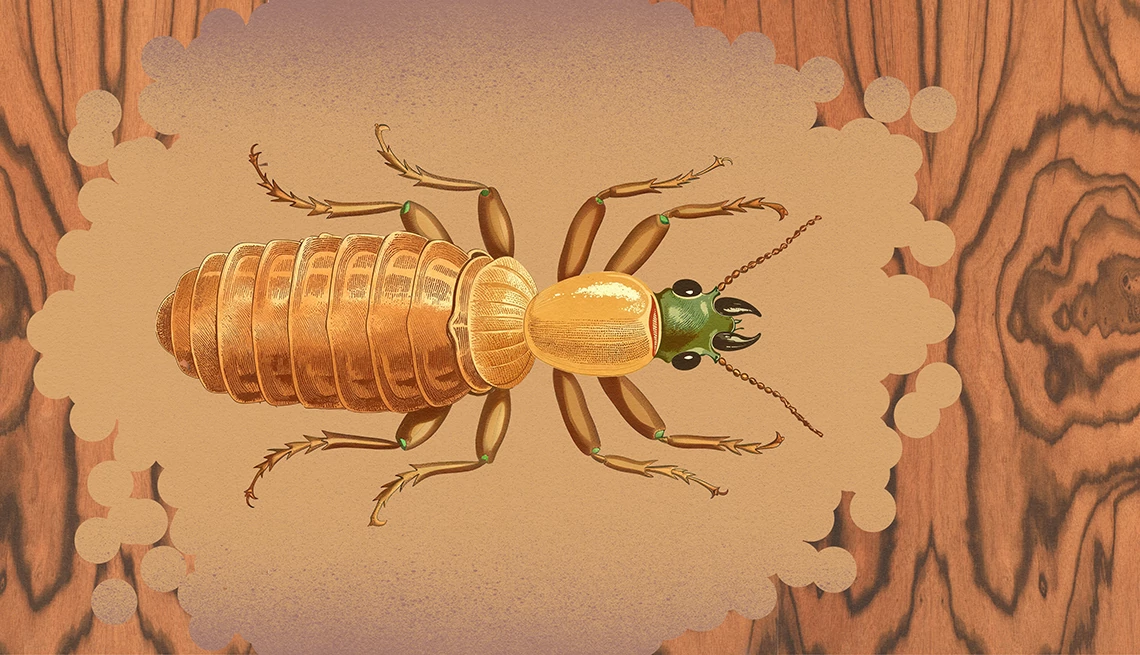
How to get rid of them: Depending on your home’s foundation, termites may come up through a seam in a concrete floor in a basement, or perhaps through cinder blocks behind brick veneer, says Ian Williams, an entomologist with Orkin pest control based in Atlanta. If you suspect termites, it’s time to call the professionals since these pests are hard to reach below ground.
What not to do: Don’t try to use pesticides yourself for termites. If improperly applied, they can contaminate your home or water well, according to the EPA. “There’s specialized equipment and treatment to go after [termites] and to really try and ensure that you’re stopping the damage that can be happening to a home as quickly as possible,” says Williams.
Prevention tip: The EPA has tips on how to prevent termites, such as not storing firewood near your house, fixing leaks immediately, repairing cracks in cement foundations and keeping vents clear.





























































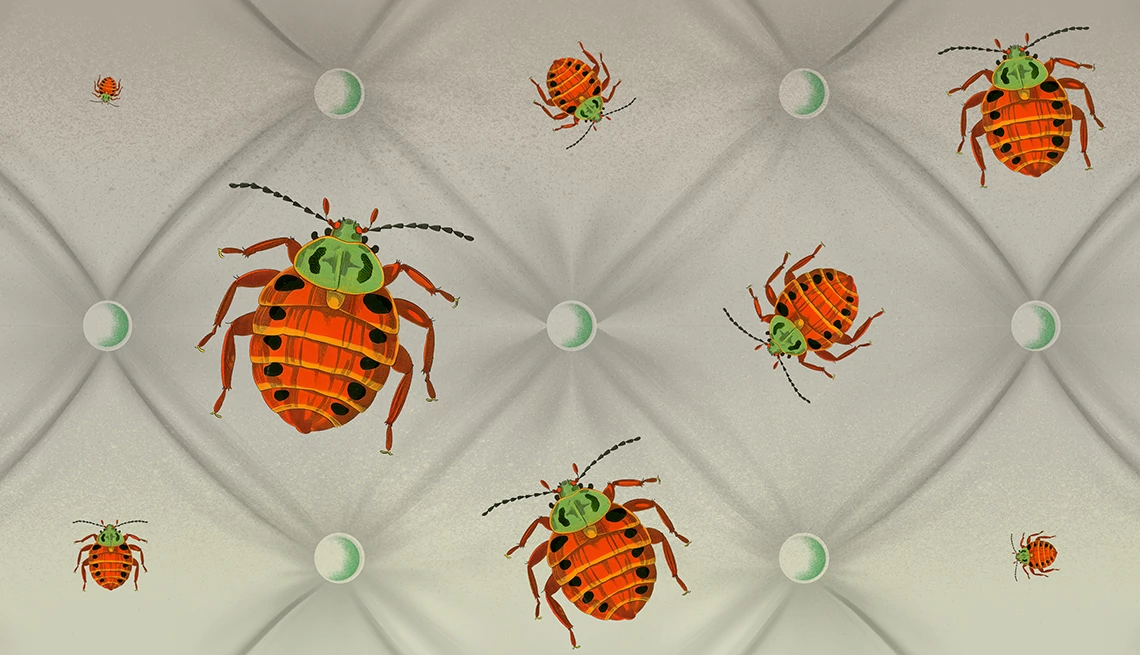
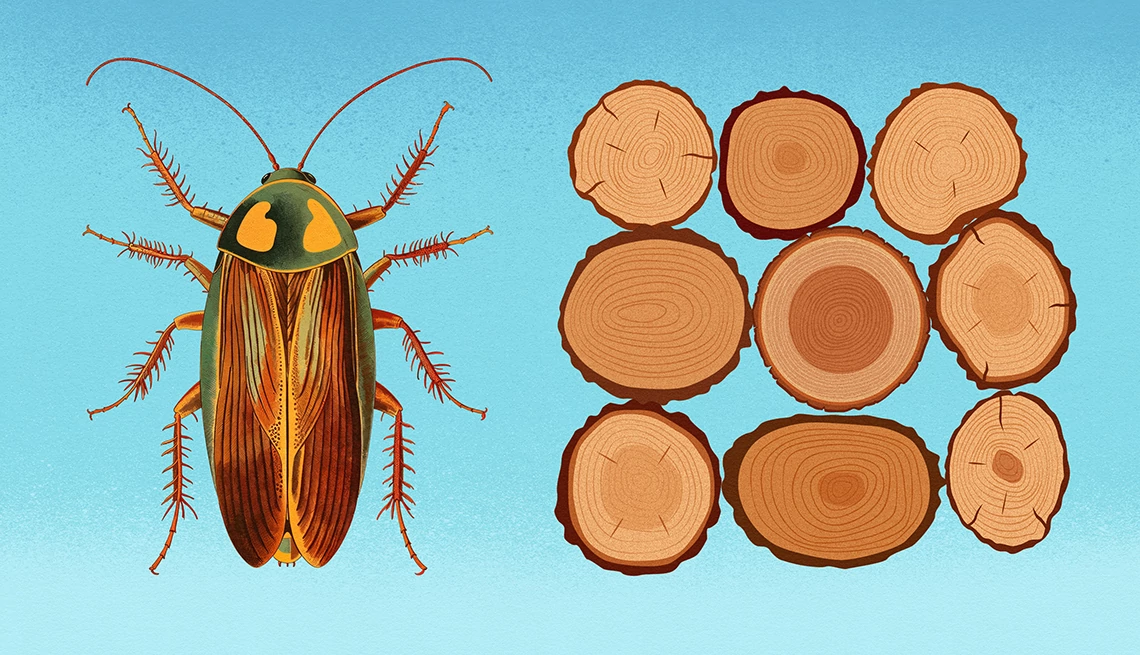

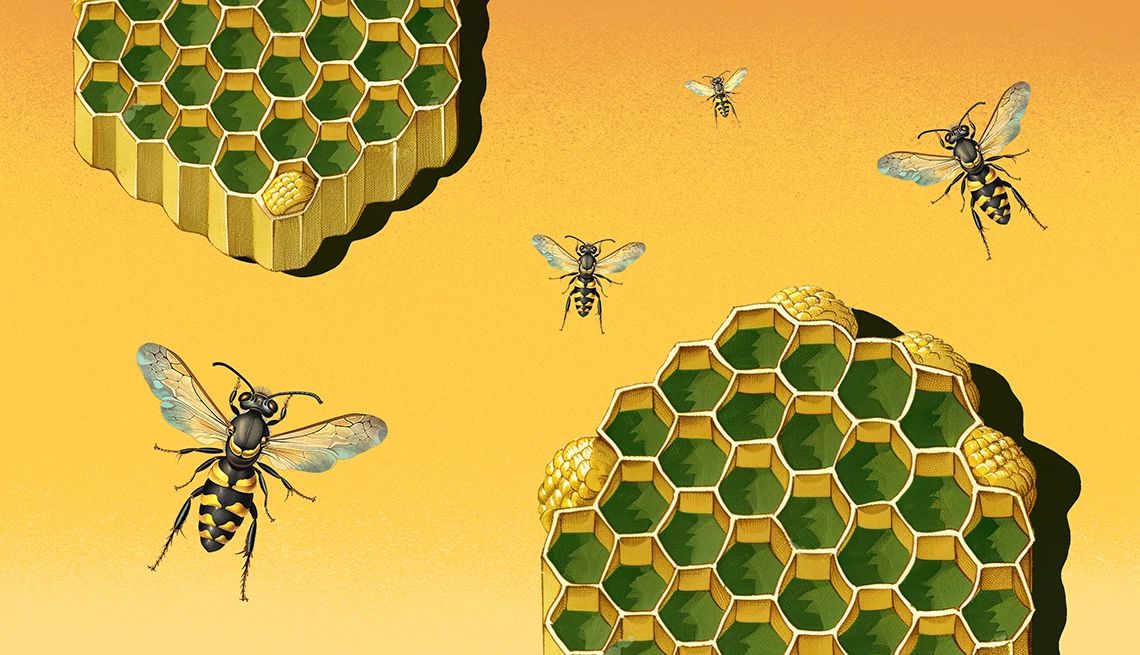





More From AARP
16 Spots to Add to Your Cleaning List — Stat
Tips from experts on where dirt, grime and dust are hiding in your home — and it’s kind of icky
Grow Your Own Outdoor Oasis
Helpful tips for cultivating the yard of your dreams
How to Get Rid of Pests in the Kitchen
Easy strategies for keeping ants, roaches, mice and intruders outside where they belong
Recommended for You